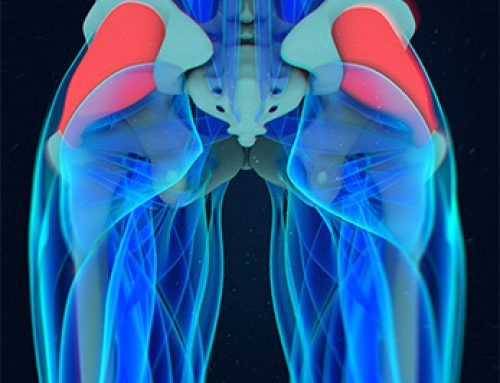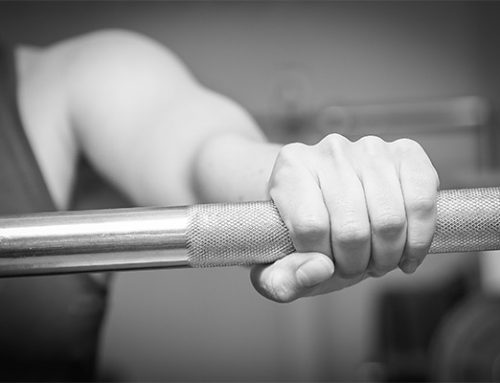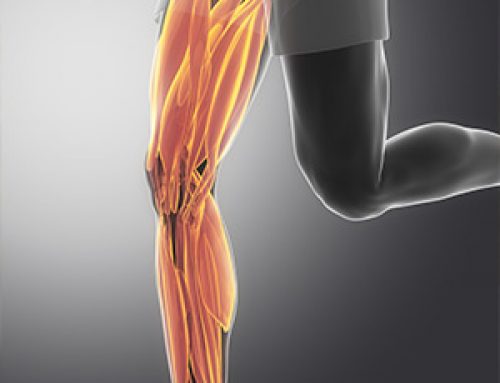The development of a strong core is important not just for a six pack physique! These core muscles play a major role in providing a stable base for our arm and leg movement and training these can help prevent and relieve low back pain.
The deepest layer of muscles is the one that we are interested in training when it comes to Pilates and low back pain. That is because these muscles wrap around and attach directly to the vertebral column to help provide muscular stability.
There are 4 muscle groups involved, which in combination form a cylinder shape around the vertebral column.
Theses muscles include….
- transverse abdominis (TA): the deepest layer abdominal muscles. Originating on one side of the vertebral column, this muscle wraps around to reattach to the other side of the vertebral column. If you imagine a cylinder this would be the wide circumferential face
- pelvic floor muscles: the base of the cylinder.
- multifidus: long muscles that, like a zip, runs along the lower back attaches to vertebrae individually, providing segmental stability.
- diaphragm: the top of the cylinder. Attaches at the ribs and is controlled via breathing. Specifically the deep breaths that expands the stomach instead of the rib cage.
The TA a major focus in Pilates. This muscle should turn on automatically, bracing you and your back split seconds before leg or arm movement. However, it is understood that for many people who have experienced back pain, low back or abdomen surgery, or pregnancy this TA muscle activation is likely inhibited. That is, the TA doesn’t switch on in time for movement.
Without this activation of the core muscles, more load is placed on the passive structures (ligaments, bones, joints, discs). When it comes to lifting an object anticipatory activation is especially important to protect the back in this position.
In addition, when deep core stabilising muscles are inhibited, other postural muscles work overtime to compensate. This isn’t ideal, because over a long period of time or with many repetitions these muscles become overworked and tighten up.
How to train core stabilisers?
To re-educate this muscle you must learn to tighten your lower abdomen without tilting your pelvis or lifting your chest. This is achieved by gently drawing your belly button in towards your spine. Once this is achieved, you can practice holding this activation whilst breathing naturally, and then holding this activation with arm and leg movement. These arm and leg movements can be progressed in level of difficulty with the main goal being the ability to retrain the muscles and integrate TA contractions into activities of daily living.
In today’s video, Elisa shows us a very simple yet effective exercise for beginning our understanding of core activation.
Call the office today on 8331 1557 and book your one-on-one initial assessment with one of our amazing Eastside Studio Health and Fitness Pilates Instructors at either our Toorak Gardens or Oakden studios.
Written by:
Olivia Jones
Physiotherapist



